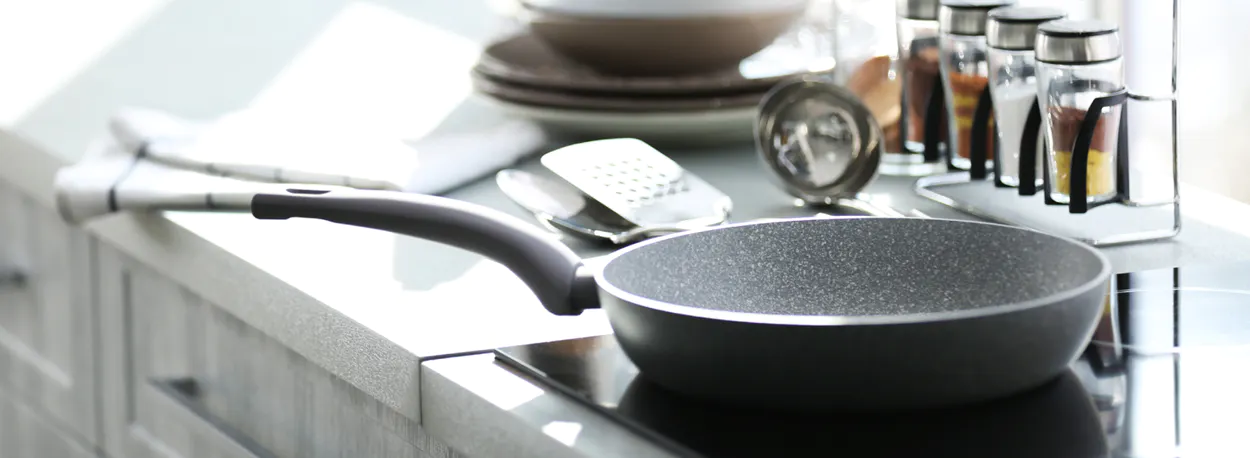Lifestyle
Some tips for reducing pollution by recycling
What is recycling contamination?
Simply put, recycling is what should not be included in recycling. In some cases, it can also be a result of something called the “craving cycle.” In other words, you give up hope that something can be reproduced without verification. These can be recycled like plastic packaging, but are not collected by some local organizations. Or it can spread through uncontaminated materials or items collected by Congress, such as oil-soaked cardboard take-out pizza boxes or leftover beans in umbrellas. It may not be renewable, and we’ll talk about that in another article.
Why is contamination bad?
There are many reasons why it is important to put the right things in the right boxes. First of all, many mistakes can make recycling a truck impossible. In other words, a few bad apples spoil the whole barrel.
Another consideration is the increased cost of collecting and sorting contaminated recycling. This cost will ultimately be borne by all of us as taxpayers. By making sure the right items are in the right containers, you can save time and money and make the recycling process more efficient.
Contamination also devalues recyclable materials and can result in them being discarded rather than recycled into new products. In addition, some types of contamination can also be dangerous to recyclers and waste workers who handle them.
In other words, it is better to avoid contamination. It can be confusing to do this at a time when there is no existing recycling system that works the same way across the country, but things will get simpler as the recycling system becomes more consistent overall. In the meantime, here are some tips to help you recycle well.
When something can be recycled, but not by your local council
It can be a little disappointing to know that some things can be recycled, but the local council does not list them as part of their recycling service. Here’s how to dispose of most items to avoid contamination in your recycling bin.
Plastic packaging
If the municipality can only collect plastic bottles, you cannot put other types of plastic packaging in your recycling. The city council does not have recycling facilities and other disposal costs. See our recycling page to see what you should bring. How to make paper and put it in the refrigerator?
Broken mirrors, pyrex and drinking glasses
The reason it can’t get into recycled glass is because glass is made up of composites, whereas Pyrex and glass have different elements. Take it to the nearest recycling center, throw it away and use our recycling tool to find it.
Pots, pans and cutlery
It’s tempting to mix pots, pans, and unwanted dishes with metal utensils and cans, but you shouldn’t because they’re made of different materials. Instead, recycle it, throw it away (if it’s still alive!) or take it to your nearest recycling center where it can be recycled with other spare parts.
Toothpaste tubes
As we see on TikTok, recycling toothpaste does not mix well with recycling. Because it is plastic, but it must have activities. Backup plans are the answer. Here, manufacturers and retailers reuse and reuse or recycle packaging. You can use the Recycling Locator to find related projects.
Plastic bags, wrapping and pouches
In general, recycled plastic bags and containers should be plastic grocery bags, cellophane or bubble wrap bags, baby food bags or frozen food bags in front of the store. Pick up at our local stores.
Curbside plastic bags and containers are being phased in, but if Council does not have a plan, remove these items by picking up plastic bottles. Indeed, these products are caught in the machine and require special separation, recycling.
Cartons
Food and beverage products like Tetra Pak are not always upcycled with recycling. Again, check the recycling center to see if your council accepts recycling. Best Advice:
Be sure to keep in mind what the Council can contribute and how to say it for renewal.
If in doubt, throw it out!
When something can be recycled, but it’s contaminated with something else
When recyclable materials are contaminated with non-recyclables, it usually means they cannot be recycled. In general, less pollution is better, but too much pollution is not recyclable. That is, instead of using it for other purposes, throw it away. The most common examples are food containers that contain food, such as b-jars, plastic bottles containing liquid or drained food, and containers containing food or fuel. Another example is cardboard with tape. The key to this disease is conditioning. No need to remove labels or tape, no plastic windows on the bags, and no need to put glass containers in the dishwasher. Make sure the bottle is empty. And rinse right away. It is important to keep your recyclables in a reusable condition.






